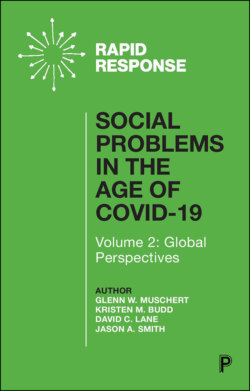Читать книгу Social Problems in the Age of COVID-19 Vol 2 - Группа авторов - Страница 27
На сайте Литреса книга снята с продажи.
Strengthen Bridges from School to Work
ОглавлениеBecause strong bridges from school to work smooth the transition to the labor market, especially in times of economic downturn, linkages between education and the labor market should be established, or strengthened, across countries. Some countries already have strong institutional bridges. For example, Germany’s apprenticeship program, or “dual system,” integrates educational instruction and “hands on” experience in workplaces. As a result, youth unemployment rates in Germany remained low and steady during the pandemic, hovering around 5 percent. Countries with similar “dual systems” (for example Austria, Switzerland, the Netherlands, and others) similarly protected their young workers. Bridges between school and work can be structured in other ways as well. Secondary schools in Japan have traditionally had strong relationships with employers, recommending their graduates for employment based on scholastic performance. Some vocational schools in the United States likewise support their graduates by cultivating connections with local employing organizations, enhancing their ability to find placements for their students. US colleges and universities maintain career services units that support job fairs, provide counselling and assistance with cover letters and preparation of résumés. Without access to such formalized school-to-work bridges, and especially when the job market is tight, young adults are subject to high risks of unemployment following educational completion.
To protect young people’s employment prospects during times of recession and to avoid widening the gap between more and less advantaged youth, new policies are needed to build or strengthen pathways between school and work in countries where those links are weak, especially for youth less well situated with respect to familial resources. Countries where apprenticeship programs are threatened by falling revenues should subsidize these programs to insure their continuing vitality.
The “Youth Guarantee” program, implemented by the European Union to facilitate young people’s transition to the labor market after the Great Recession, is a good example of an ongoing comprehensive initiative to enhance employability by combining continued education, apprenticeships, and training. Many countries would benefit from similar long-term programs, with special attention to young women’s occupational trajectories.
